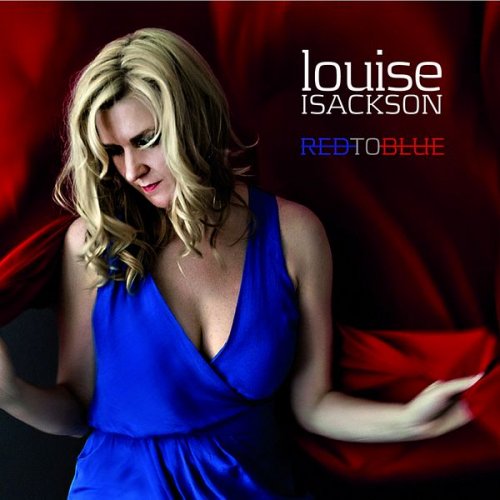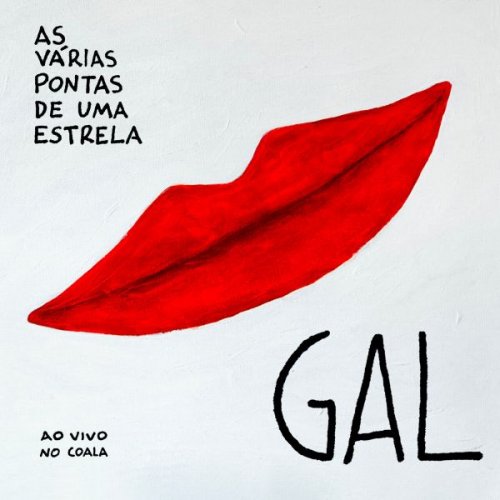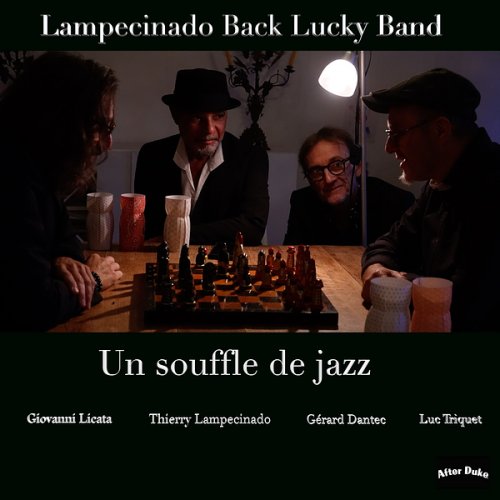Autochrom - RGB (2019)
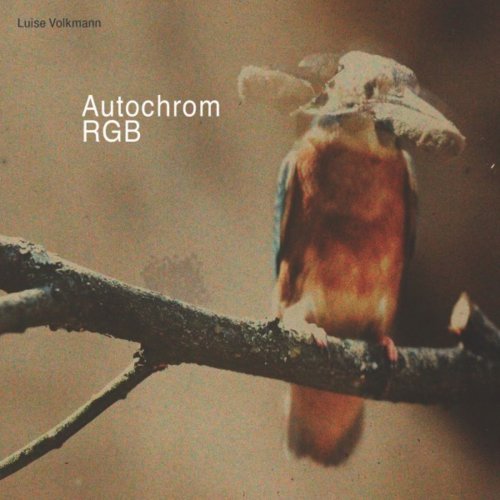
Artist: Autochrom
Title: RGB
Year Of Release: 2019
Label: NWOG Records
Genre: Jazz
Quality: FLAC (tracks)
Total Time: 49:50 min
Total Size: 256 MB
WebSite: Album Preview
Tracklist:Title: RGB
Year Of Release: 2019
Label: NWOG Records
Genre: Jazz
Quality: FLAC (tracks)
Total Time: 49:50 min
Total Size: 256 MB
WebSite: Album Preview
01. Blauer Rost
02. Jadetänzer
03. Punkte
04. Nr. 2
05. Kalim Kalim
06. How to Know This Is the Moment to Say Goodbye
07. Pfeifen Lernen in Kopenhagen
08. Blaue Giraffen
09. Eine Eidechse Zwischen Drei Und Viertausend Euro
The technique "Autochrome", which dates back to the early 20th century to the Lumière brothers, is based on the fact that from the screening of the three colors red, blue and green, all other colors are derived and complex color photographs can be created. Autochrome is also the name of the new trio of saxophonist Luise Isabel Volkmann with bassist Athina Kontou and drummer Max Santner. All three have traveled a long way. Luise Isabel Volkmann comes from Bielefeld, lived briefly in Berlin and long in Paris to land in Copenhagen via Copenhagen and Leipzig. Athina Kontou has Greek roots, grew up in Frankfurt am Main and Athens and now lives in Leipzig. Max Santner is from Austria and has unpacked his sticks in Berlin. Three ways of life, which are rasterized in Autochrom into a common narrative thread.
The music of Autochrom can best be described with a complementary symbiosis. So what could be more appropriate than to label the debut album "RGB"? Volkmann himself stands for red, Kontou for green and Santner for blue. The starting point for the trio was Luise Volkmann's great formation été large, with which the composer and saxophonist released the epic album "Eudemonia" in 2017. Even then, she already proved to be a terrific storyteller. She had previously worked with Athina Kontou on several projects. It was only logical that the bassist with the big overview for the big picture belonged to été large as well. The mischievous Pointillisten Santner she got to know by été large. When she decided on the big one for the small format, she took the two on the new path. Topographic, biographical and personal is condensed into "RGB" to a fine-grained snapshot, in which every single aspect in the overall picture dissolves. "Berlin, Leipzig and Cologne are important stops in my life", summarizes Luise Volkmann. "My musical development in Germany has largely taken place in these three cities. Most of the artists I work with in Germany live in Berlin, Leipzig and Cologne. My music is always very autobiographical. I try to stay connected to what moves me. Last but not least, the choice of musicians to play with is autobiographical. These are always people with whom you have traveled artistically and personally, and who can serve what the music is about. "
And really, she has a lot to tell. As a life-hungry musician, she has a thing for anecdotes, whether they come from films, books, comics or their own everyday perception. Everywhere she picks up what is on her mind, in the personal as well as in the global. Her musical stories always have a background. When she makes music with her two playmates, one quickly forgets which instruments one hears. All three make their contributions, intuitively taking on responsibility without being in the foreground. The playful impulse changes incessantly between the three protagonists. The focus is always on the story, and the three basic musical colors serve to represent them as possible. "As a composer, the ensemble interests me more as a soloist," says Volkmann. "Based on my human and ideological orientation, I believe in collectivity and community. The company focuses too much on the individual. Jazz is always about the bandleader. It is much more important to me that, as in rock, there are bands that themselves function as a sounding body. In the rehearsal phase, we worked hard to make everyone feel responsible. "
On the way to this collectivity, the trio has done a lot of sound research. There were many different questions, whose answers were meticulously sought. How can the saxophone sound like the bowed bass? How can you squeak on the cymbal like on the saxophone? It was not about demarcation, but about merging the different sound sources. Music as a process of integration, just like the color pigments of an autochrome photograph.
The process of merging goes even deeper, and here comes another philosophical aspect into play. In jazz, most musical personalities make a basic choice for an abstract or a life-like variety. In autochrome, an intellectual everydayness prevails, which is seldom found in this matter-of-factness. The songs are highly compatible with everyday life, without compromising on the abstract moments. Luise Volkmann has opened up her fundus intuitively through selective research, as she herself calls it. "I like the wisdom of the situational, whether it's about philosophical or human contexts. This way you can raise the biggest questions. This has an incredible poetry that always triggers something. This kind of intellectuality is very close to me not least as a form of expression in music. "
Add to that a playful seriousness or serious playfulness - quite, how one wants, because it results in two opposite directions of movement, which however result in the same point. All three take their music very seriously and therefore have a lot of fun with it. So the pieces sound very spontaneous and compact with all the different ideas and motivations, which are very finely interwoven here. Luise Volkmann describes the process as a mixture of impatience and experience. Before it came to the recordings, she has experimented with the songs relatively much. It was based on parameters such as the band sound and a form that is compact and danceable, but gives the improvisational moment plenty of room. Only when the aesthetic framework was set did the concrete pieces emerge. "I'm very rocky and want to write real songs. Much can happen and the song structure can be completely dissolved, but there should always be a topic that just touches me. It can also be an emotional topic that just inspires me. "
The music of Autochrom can best be described with a complementary symbiosis. So what could be more appropriate than to label the debut album "RGB"? Volkmann himself stands for red, Kontou for green and Santner for blue. The starting point for the trio was Luise Volkmann's great formation été large, with which the composer and saxophonist released the epic album "Eudemonia" in 2017. Even then, she already proved to be a terrific storyteller. She had previously worked with Athina Kontou on several projects. It was only logical that the bassist with the big overview for the big picture belonged to été large as well. The mischievous Pointillisten Santner she got to know by été large. When she decided on the big one for the small format, she took the two on the new path. Topographic, biographical and personal is condensed into "RGB" to a fine-grained snapshot, in which every single aspect in the overall picture dissolves. "Berlin, Leipzig and Cologne are important stops in my life", summarizes Luise Volkmann. "My musical development in Germany has largely taken place in these three cities. Most of the artists I work with in Germany live in Berlin, Leipzig and Cologne. My music is always very autobiographical. I try to stay connected to what moves me. Last but not least, the choice of musicians to play with is autobiographical. These are always people with whom you have traveled artistically and personally, and who can serve what the music is about. "
And really, she has a lot to tell. As a life-hungry musician, she has a thing for anecdotes, whether they come from films, books, comics or their own everyday perception. Everywhere she picks up what is on her mind, in the personal as well as in the global. Her musical stories always have a background. When she makes music with her two playmates, one quickly forgets which instruments one hears. All three make their contributions, intuitively taking on responsibility without being in the foreground. The playful impulse changes incessantly between the three protagonists. The focus is always on the story, and the three basic musical colors serve to represent them as possible. "As a composer, the ensemble interests me more as a soloist," says Volkmann. "Based on my human and ideological orientation, I believe in collectivity and community. The company focuses too much on the individual. Jazz is always about the bandleader. It is much more important to me that, as in rock, there are bands that themselves function as a sounding body. In the rehearsal phase, we worked hard to make everyone feel responsible. "
On the way to this collectivity, the trio has done a lot of sound research. There were many different questions, whose answers were meticulously sought. How can the saxophone sound like the bowed bass? How can you squeak on the cymbal like on the saxophone? It was not about demarcation, but about merging the different sound sources. Music as a process of integration, just like the color pigments of an autochrome photograph.
The process of merging goes even deeper, and here comes another philosophical aspect into play. In jazz, most musical personalities make a basic choice for an abstract or a life-like variety. In autochrome, an intellectual everydayness prevails, which is seldom found in this matter-of-factness. The songs are highly compatible with everyday life, without compromising on the abstract moments. Luise Volkmann has opened up her fundus intuitively through selective research, as she herself calls it. "I like the wisdom of the situational, whether it's about philosophical or human contexts. This way you can raise the biggest questions. This has an incredible poetry that always triggers something. This kind of intellectuality is very close to me not least as a form of expression in music. "
Add to that a playful seriousness or serious playfulness - quite, how one wants, because it results in two opposite directions of movement, which however result in the same point. All three take their music very seriously and therefore have a lot of fun with it. So the pieces sound very spontaneous and compact with all the different ideas and motivations, which are very finely interwoven here. Luise Volkmann describes the process as a mixture of impatience and experience. Before it came to the recordings, she has experimented with the songs relatively much. It was based on parameters such as the band sound and a form that is compact and danceable, but gives the improvisational moment plenty of room. Only when the aesthetic framework was set did the concrete pieces emerge. "I'm very rocky and want to write real songs. Much can happen and the song structure can be completely dissolved, but there should always be a topic that just touches me. It can also be an emotional topic that just inspires me. "
![Ilja Reijngoud, Ed Verhoeff - Peace (2025) [Hi-Res] Ilja Reijngoud, Ed Verhoeff - Peace (2025) [Hi-Res]](https://www.dibpic.com/uploads/posts/2025-12/1765496183_s8v4szro856ma_600.jpg)
![Keith Oxman - Home (2025) [Hi-Res] Keith Oxman - Home (2025) [Hi-Res]](https://www.dibpic.com/uploads/posts/2025-12/1765387688_hltlbo3s1g1aa_600.jpg)
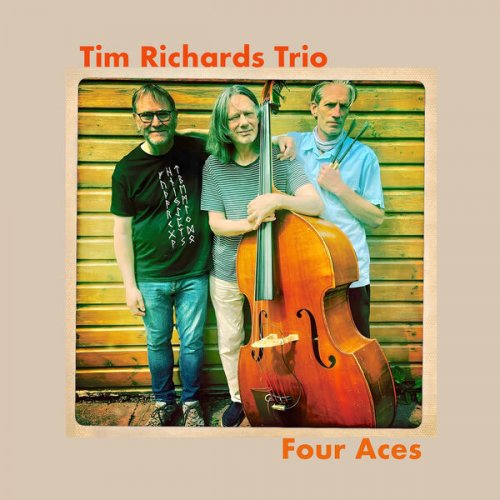
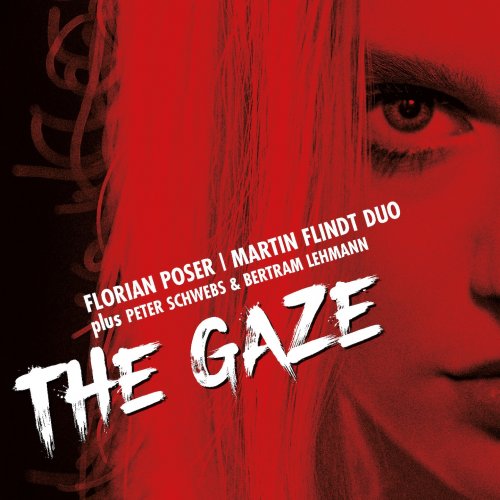
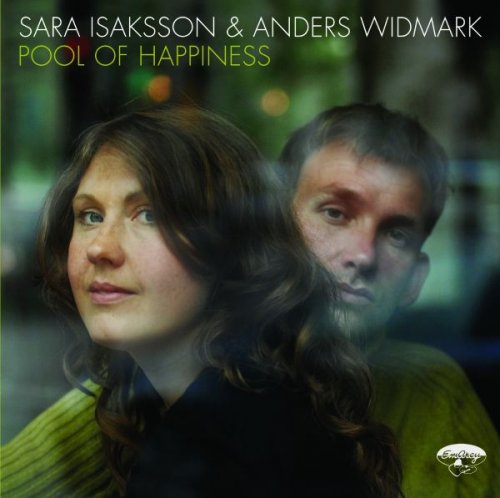
![Nicole Zuraitis - Holiday Up EP (2025) [Hi-Res] Nicole Zuraitis - Holiday Up EP (2025) [Hi-Res]](https://www.dibpic.com/uploads/posts/2025-12/1765478937_cover.jpg)
